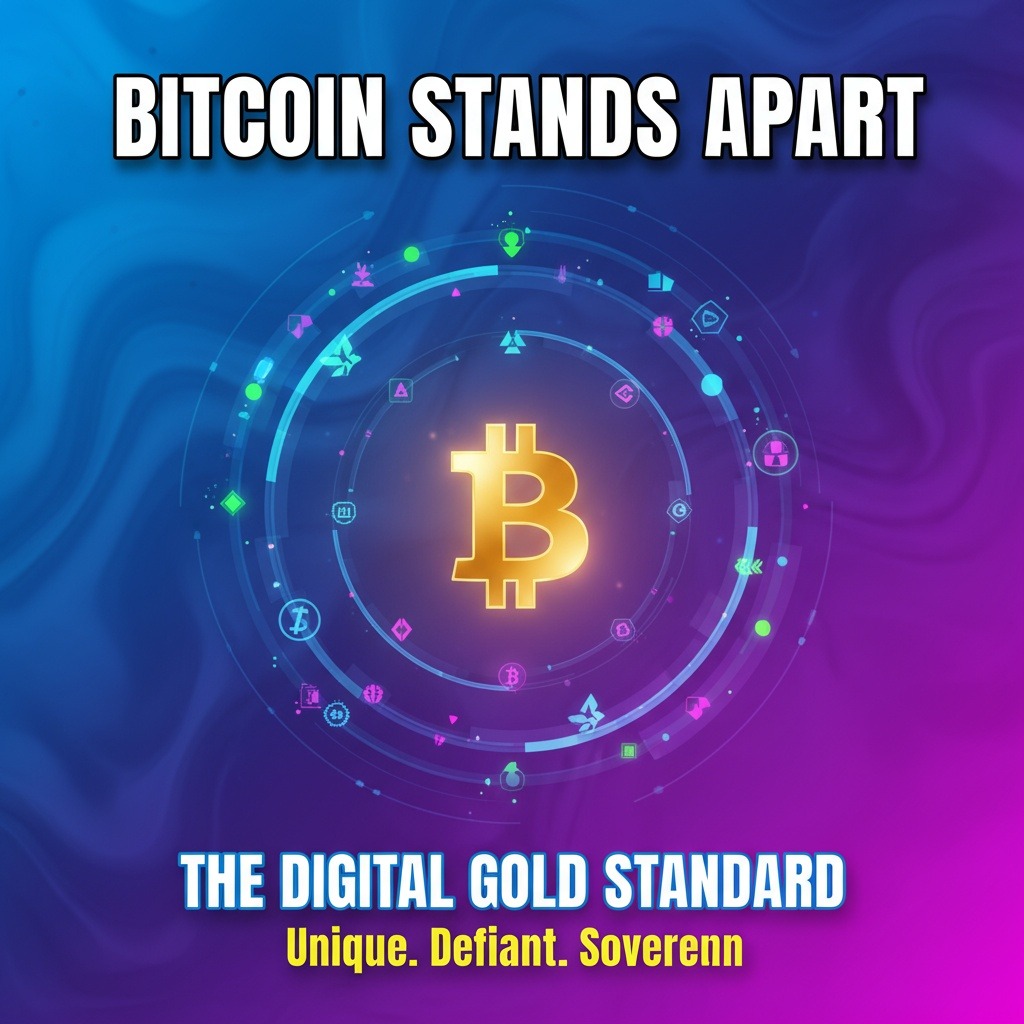Jack Dorsey, former Twitter CEO and prominent Bitcoin advocate, recently reignited a longstanding debate with a brief but provocative statement on X (formerly Twitter): “bitcoin is not crypto.” This remark challenges common perceptions and prompts a closer examination of what truly separates Bitcoin (BTC) from other digital assets commonly grouped under the umbrella term “crypto.”
At the heart of Dorsey’s argument is the idea that Bitcoin should be considered distinct—as a form of digital money with unique principles and a specific purpose—rather than lumped together with the wider category of cryptocurrencies that includes smart contract platforms and utility tokens.
Fixed Supply and Predictability
Bitcoin’s monetary policy is famously rigid and transparent. Its issuance is governed by a predetermined schedule encoded in its protocol, which culminates in a capped total supply of 21 million coins. New bitcoins are introduced into circulation as block rewards given to miners, and these rewards undergo halving approximately every 210,000 blocks. The latest, fourth halving took place in April 2024, slashing the reward from 6.25 BTC to 3.125 BTC.
Such a predictable issuance framework means that Bitcoin’s supply trajectory is known years in advance, lending it a level of monetary certainty that supports its role as a potential store of value. This is in stark contrast with many other crypto networks, which often incorporate flexible monetary policies that adjust based on network activity. For instance, Ethereum uses mechanisms like the base-fee burn introduced in EIP-1559 and adopted proof-of-stake consensus in 2022, which dynamically modulate the supply depending on demand and network conditions.
Consensus Mechanism and Security Philosophy
Bitcoin’s security relies on Proof-of-Work (PoW), a system where miners expend computational energy to validate transactions and secure the network. This process not only creates new bitcoins but also enforces a minimalist set of rules through full nodes, making the protocol inherently conservative and resistant to change. Bitcoin’s scripting language is intentionally simple and non-Turing complete, minimizing complexity and vulnerabilities.
As block rewards decrease over time, miners’ compensation increasingly depends on transaction fees, highlighting the importance of sustained network activity and the adoption of layer-two solutions like the Lightning Network to maintain security incentives.
Conversely, many newer blockchains—including Ethereum—have shifted to Proof-of-Stake (PoS) systems. In PoS, validators stake their tokens to secure the network and receive rewards, with penalties for dishonest behavior. This shift allows for quicker protocol upgrades, demonstrated by Ethereum’s transition to PoS in 2022 and subsequent improvements such as Shapella and EIP-4844, which enhanced withdrawal functions and reduced data costs respectively.
Bitcoin’s Unique Position
Dorsey’s assertion highlights Bitcoin’s fundamental distinction: designed primarily as digital money with conservative principles, Bitcoin emphasizes monetary certainty and long-term security over rapid innovation and multifunctionality. This design philosophy has enabled it to gain recognition on the global stage, including El Salvador’s historic adoption of Bitcoin as legal tender in 2021.
While the broader crypto ecosystem thrives on adaptability and expansive use cases powered by smart contracts, Bitcoin remains anchored to traditional notions of money, characterized by stability, scarcity, and decentralization. As discussions around blockchain and digital assets continue to evolve, understanding these nuanced differences is key to appreciating Bitcoin’s enduring role in the financial landscape.



